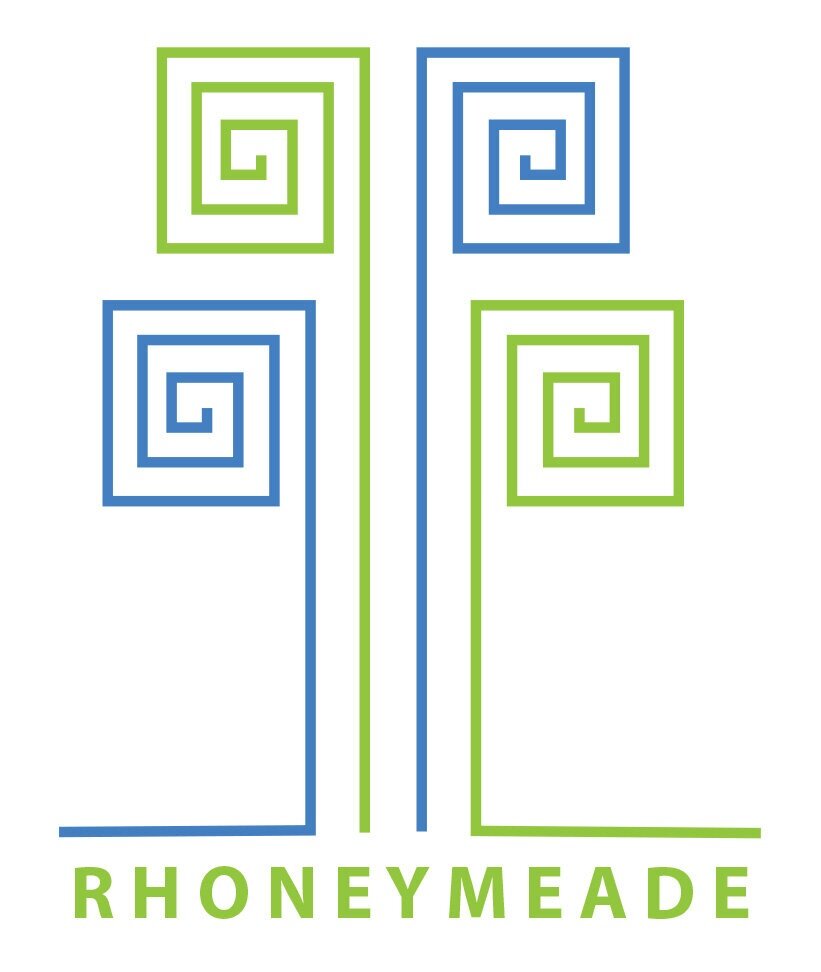Indigenous Garden at Rhoneymeade - By Jackie Bonomo
Many of the weeds that you pull from your garden and yard are more nutritious and even taste better than the neighboring vegetables. As a member of Pennsylvania Association of Sustainable Agriculture, a former Tait Farm employee, an organic gardener and permaculture practitioner, I have been interested in growing edible plants for many years. After reading Robin Wall Kimmerer's Braiding Sweetgrass several years ago (chosen as this year's Centre County Reads book), I was inspired to learn more about local indigenous foodways and grow a Native American garden as well as begin to learn to forage. Due to climate change's impact on global weather, our locale is beginning to experience more erratic temperature and moisture swings which are likely to continue and worsen. The negative consequences of our culture's fossil fuel use are coming home to us. In view of this, it makes even more sense to me to eat local and learn to recognize nutritious native foods and how to prepare them.
We live on land wrested from the Susquehannock people (also labeled “Conestoga” by the English). The last of of the independent tribal group were murdered in 1763 by a colonist mob although some people of that bloodline had merged into other tribes.
I mourn for the loss of deep ecosystem knowledge that First Peoples had of the environment. Indigenous peoples were immersed in their native ecosystems and related to the natural environment as family. Animals, plants, sun, moon and stars were relatives and lore was passed through stories and hands-on teaching. This respectful relationship was highlighted in Kimmerer's book and her use of the word “kin” is the reason for the Rhoneymeade garden's name.
In answer to “Why have this indigenous garden here?”, read a quote from Rhoneymeade's history -
“an excellent spring added to the attraction of the place as a residence, modern methods of obtaining a bountiful supply of water being then unknown. It was known as the Indian spring, and bands of red men frequently camped there, a "trail" running past it from Logan's Gap to Tussey Mountain. This ancient path was visible for many years after the aborigines left the region, and arrowheads and other relics were often found nearby."
In our garden, we are growing indigenous varieties of the Three Sisters – corn, beans and squash and other plants the Susquehannock are likely to have grown as well as wild plants that they would have foraged. Since I have no indigenous heritage, we'd hoped that there were some local Native American people who might be interested in sharing their wisdom but have not yet found them after reaching out to four Penn State people with native heritage. We welcome both knowledgeable foragers and Native American gardeners to contact us at Rhoneymeade. rhoneymeade@gmail.com
Respect for the life inherent to an ecosystem and the knowledge of what is edible each season of the year is likely to counter our dominant culture's blatant and rapacious polluting and abuse of our natural environment. That disrespect is similar to fouling one's own nest or cutting off the branch on which you stand – ignorant and foolish. Our lack of care is one result of our distance from the sources of our sustenance. If we as a culture don't value and treat well our soil, air, water and the lives of other plants and animals on the only known planet that can support life, we are foolish indeed.
There will be an OLLI class (Osher Lifelong Learning Institute) at Rhoneymeade this summer to share information about the Kin Garden plants. Please come and learn with us. You are also welcome to stroll the Rhoneymeade grounds to view the sculpture garden and arboretum and the beautiful views of spacious Pennsylvania land around the 1850's farm dwelling. Please check the website https://www.rhoneymeade.org/ for open hours information.
Jackie Bonomo
from Susquehannock land
To read further about amaranth, see this interesting article in the Guardian
